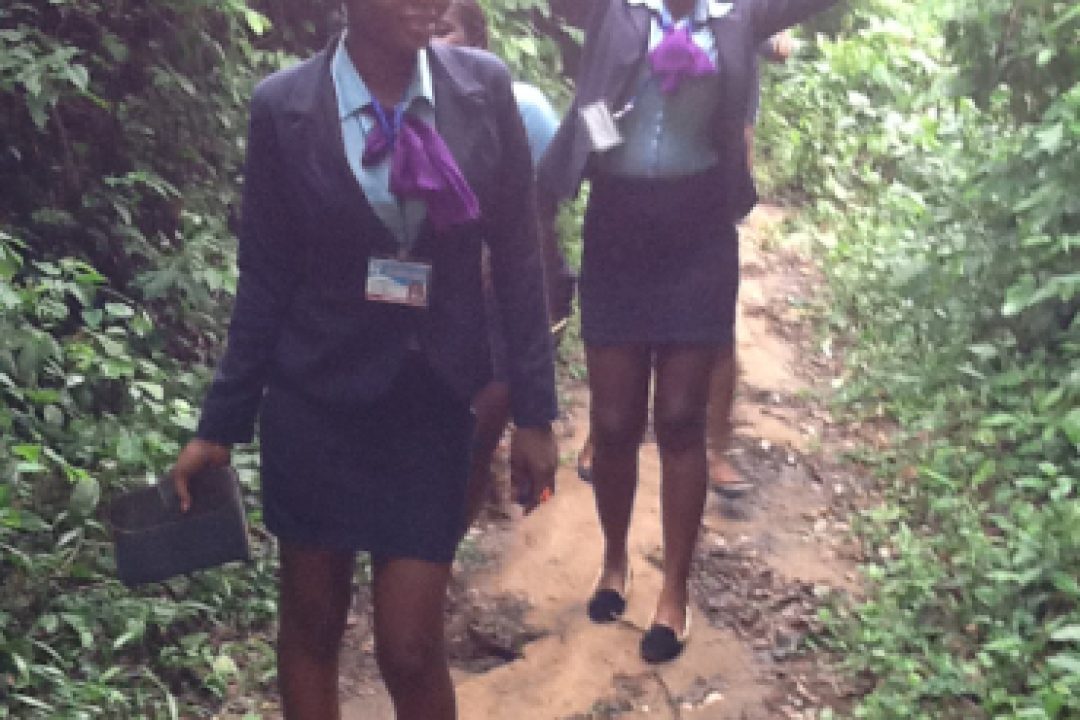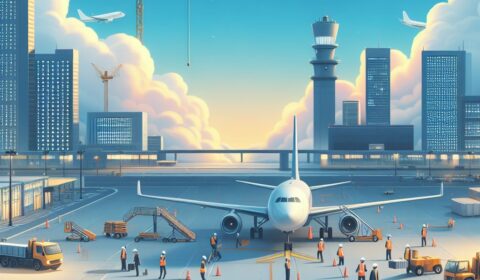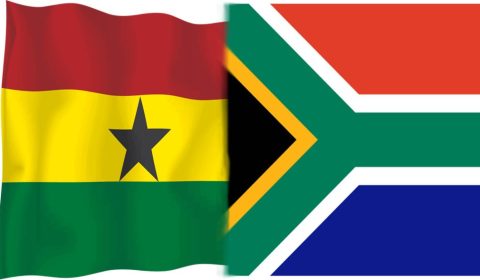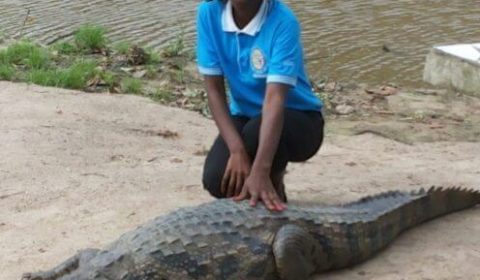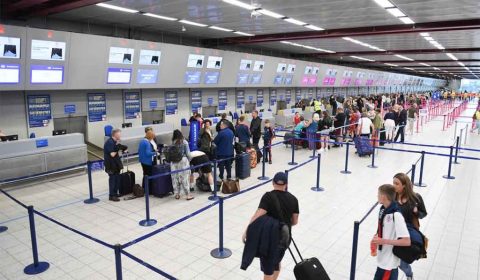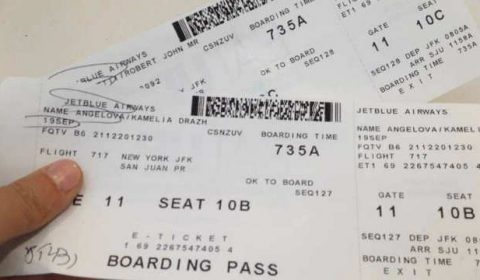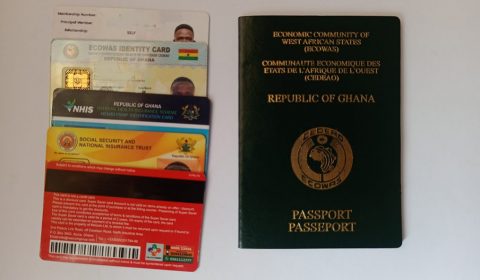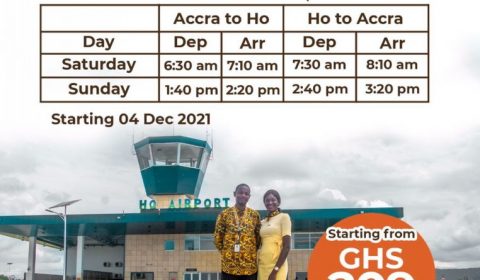Assin Manso Slave Market
Assin Manso is located 40km from Kumasi and it is along Kumasi – cape coast highway. Assin Manso was the final link in the slavery route from northern Ghana and was known to have been the largest slave market for the merchant supplying slaves on the forts and castles on the coast.
Trans – Atlantic slave trade came about when people were needed to work on agricultural and mines since the Europeans are not suitable to the climate and not able to survive the tropical disease during the agricultural and mines work. Trans – Atlantic slave trade because, already manufactured goods (tobacco, spirits, beads, cloths, guns etc.) were taken from Europe to Africa in exchange of human beings. Then the exchanged goods (human beings) are shipped to work on plantations and mines. The merchants then return to Europe with the produce from the slave’s labor plantations (cloths, sugar, tobacco, etc.). The transport of the slaves from Africa to the America forms the middle passage of the triangular trade.
Assin Manso Slave Port
On arrival at Assin Manso, the slaves were washed, sorted and allowed to rest for the tiresome journey they have had before selling them to the merchants. The river where the slaves washed themselves is called ‘NNONKO NSUO’ meaning the Slave River. It was an economic imperative for the trade masters at Assin Manso, by washing, resting and recuperating their slaves for several days and weeks, they guarantee higher price upon arrival at the trading forts and castles at the coast. The captives (slaves) were chained in the sense that they will run away and they were marked with hot metal smeared with shear butter in regards to identification. Their chains were broken when they fought for their rights and independence through emancipation.
Galleries of portraits of famous of the emancipation can be found with ancestral graves where the mortal remains of two enslaved Africans, Madam Crystal from Jamaica and Samuel Carson from United States of America re-interred in 1998. One will get to know why the slave trade came about, reasons behind it and how it came to a halt after visiting there. The only thing one will find troubling is how one will be able to distinguish between the last bath (NNONKO NSUO) and Ama Amissah (THE OKYE) since they merge together even though is said that NNONKO NSUO is stagnant whilst Ama Amissah flows. Everybody must be there to feel how their great grand fathers were maltreated. It was fun after we have had a walk on the route that is said to connect Kumasi and Assin Manso slave trade market as our fore-fathers enrooted.

